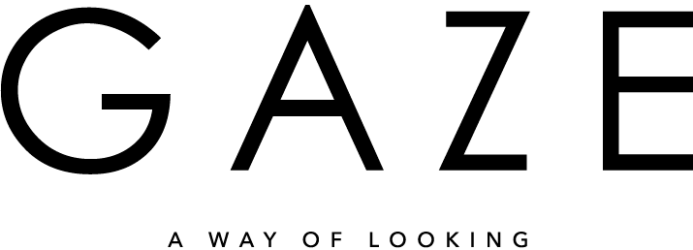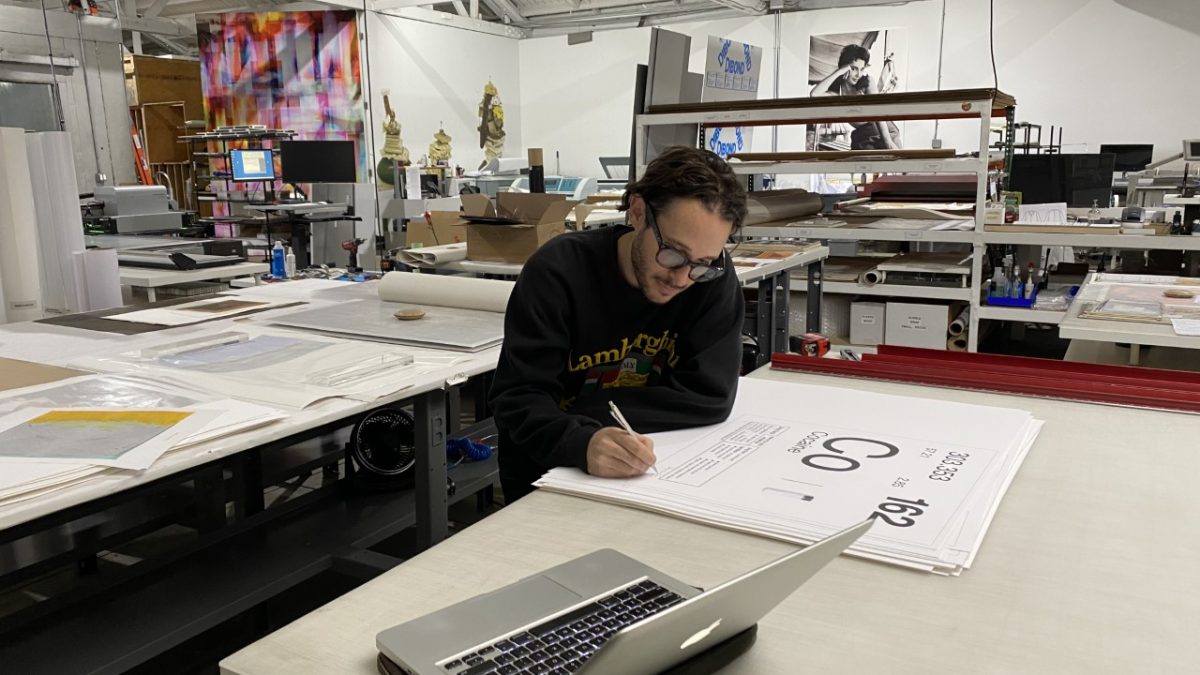Por Sheilla Cohen.
Daniel Allen Cohen (1980, Los Ángeles) es un artista emergente cuya obra se caracteriza por ser una crítica provocativamente audaz sobre lo hábitos de consumo de la sociedad contemporánea.
El multidisciplinario artista combina el arte digital, acrílico, pintura, metal y diseño gráfico para hacer un retrato cómico, y al mismo tiempo, profundo de nuestros deseos, vicios e insatisfacciones de nuestra cultura, que toman como referencia la Tabla Periódica y las etiquetas nutricionales que contienen las productos alimenticios para reinterpretarlas y crear una narrativa ingeniosa sobre los componentes y efectos secundarios de ciertas obsesiones y sustancias narcóticas que consumimos diariamente.
A pesar de ser una severa epidemia mundial, el abuso y la dependencia de estas sustancias, en su lugar él prefirió tener un enfoque único y ligero de las adicciones, obsesiones y el abuso de drogas desde un sentido de humor irreverente, sarcástico y políticamente incorrecto.
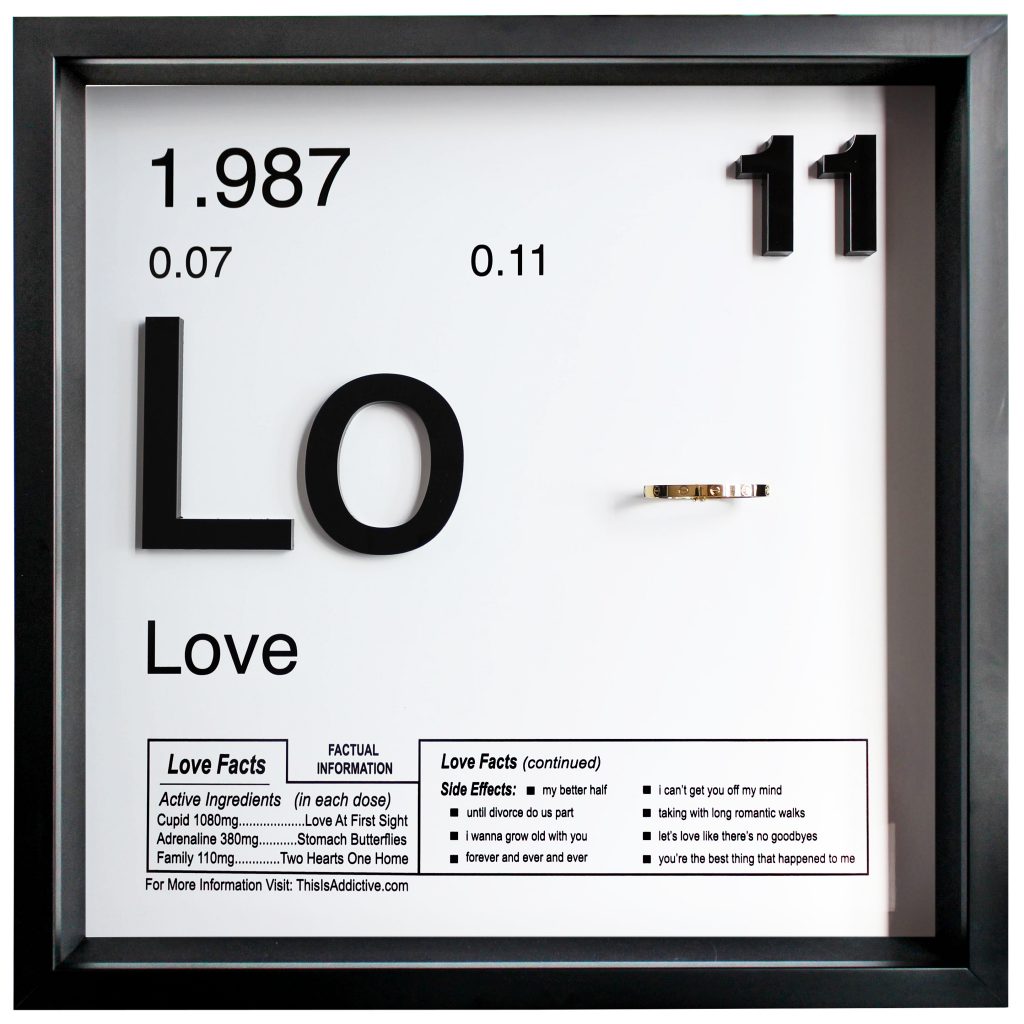
¿Cómo definirías lo que haces en una frase?
Creador
¿Qué fue lo que te hizo quererte convertir en artista?
He sido un artista/creador la mayor parte de mi vida, decidí dedicarme de tiempo completo a ser artista cuando me di cuenta que podía vivir de esto.
¿Dónde encuentras la inspiración?
En el curso de los años me he inspirado en muchos artistas. Encuentro inspiración en el discurso de ciertos artistas, sus procesos, técnicas y cómo hacen sus obras. Sin embargo, una filosofía muy importante que tengo respecto a la inspiración, no es de dónde la obtienes, sino hacia dónde la llevas. Con esto quiero decir que es importante es tomar toda la inspiración que pueda y darle un toque personal, y llevarlo al siguiente nivel.
La obra que yo creo no puede ser una derivación o recreación de la obra de otra artista, la inspiración solo puede ser alrededor del 20% de la obra y el 80% restante tiene que ser cómo me apropie de esa inspiración creando algo mejor en mi propio lenguaje.
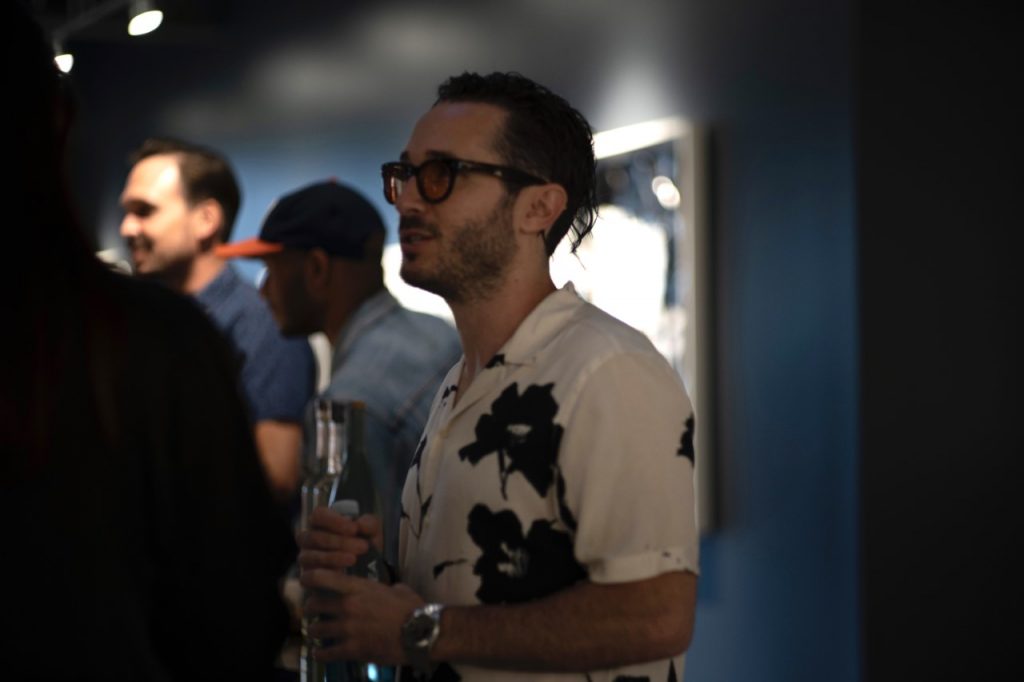
¿Cuándo encontraste tu propia voz como artista?
En el 2013 cuando dejé mi trabajo de 9 a 5 y me empecé a dedicar medio tiempo a ser artista. Durante los siguientes dos años explore la historia que estría detrás de mi colección This Is Addictive. Esta voz realmente empezó a desarrollarse en el 2015 cuando creé una obra de arte que era una parodia de la información nutricional que tienen etiquetada en todos los productos alimenticios y la cambie por una de la información y efectos secundarios del uso de narcóticos.
La información en la etiqueta cambió de azúcares, calorías y grasa total a las líneas en las líneas de la lengua y las mejillas que hacen referencia a que tan drogado estás de sustancias específicas como la cocaína. Estas piezas fueron muy bien recibidas en las redes sociales y comenzaron a venderse por $250 dólares cada pieza. Eventualmente, las piezas llegaron a algunas pequeñas galerías y otras más establecidas donde la voz y el concepto crecieron.
¿Cómo se te ocurrió el concepto de This Is Addictive?
Entre el 2010 y el 2012 era un blog en donde publicaba contenido humorístico relacionado con drogas, riqueza, y consumo, comenzó como un pequeño proyecto y fue creciendo hasta convertirse en algo propio.
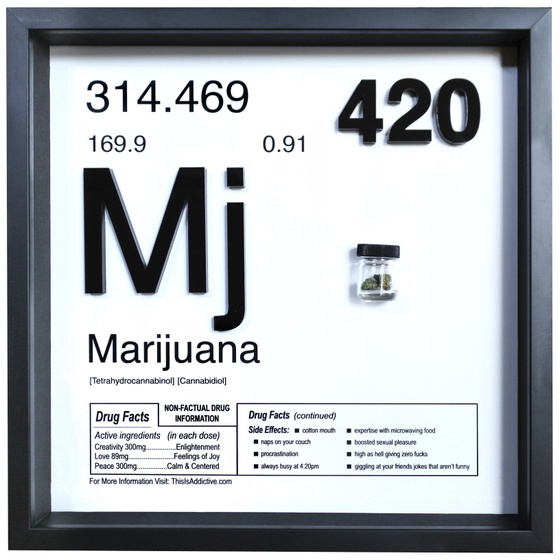
La tabla periódica que hiciste es un ingenioso retrato de la sociedad de consumo, sus adicciones, deseos, e insatisfacciones a ciertos ideales, objetos o sustancias y sus efectos secundarios. ¿Alguna vez has sido adicto a alguno de éstos? Si es así, ¿cuál ha sido tu experiencia?
Personalmente, no tengo ningún problema de adicción de ninguna de éstas sustancias. Dicho esto sí consumo marihuana de manera recreativa, bebo alcohol socialmente, antiguamente fumé cigarros, pero ya lo dejé y también llegué a consumir algunas drogas psicodélicas.
Sin embargo, quiero aclarar que This Is Addictive no es un retrato auto-referencial ni una reflexión personal de algún problema con la drogadicción. Mi cuerpo de obra es una forma de comentario social sobre del lado más humorístico de las adicciones y deseos de nuestra cultura.
¿Qué investigación hiciste para crear una narrativa ficticia de los componentes y efectos secundarios de estos objetos y sustancias?
Primero realizó una buena cantidad de investigación en línea para construir una base de ideas, después de esto me encuentro con un grupo de amigos con los que las comparto y recibo su retroalimentación. Con otros amigos tengo pláticas profundas creativas sobre estos temas específicos para explorar y así crear los efectos secundarios que aparecen en las obras.
Recientemente, he recurrido a Instagram para solicitar sugerencias a mis seguidores para ver qué incluirían. En ese sentido, supongo que se podría decir que tengo pequeños focus groups para crear la narrativa.

Dices que eres la antítesis del artista cuya obra son auto-referenciales, creas obra para los otros y para su interpretación. ¿Cuál es el mensaje que deseas trasmitir a través de tu obra?
El mensaje que mi obra comunica está abierto a la interpretación. No pretendo que mi obra fomente o desaliente la opinión del espectador. Mi único objetivo es que mi trabajo se considere provocador, y por consiguiente, el espectador se cuestione sus valores personales y sociales.
Has trabajado con varios medios. ¿Con cuál te sientes más cómodo y cuándo sabes que es momento de cambiar de medio?
Ciertos medios no me hacen sentir tan cómodo, de hecho solía trabajar con resina epoxica que además de ser tóxica requiere mucha atención a los detalles para lograr la perfección. También he experimentado haciendo esculturas fundidas en bronce y aluminio que posteriormente son pulidas y chapadas. Estas esculturas son muy costosas de producir y vienen conllevan un gran proceso de aprendizaje.

¿Cuándo sabes que una obra de arte está terminada?
Comparto la mayoría de mis piezas con otros cuando están al 80% terminadas para que me digan sus críticas y retroalimentación. Los comentarios que recibo generalmente me permiten que la pieza sea un 20% mejor y así poder llegar al 100%
Durante la semana de Art Basel Miami, recreaste la estética de salón de clases de Química en una de las ferias de arte más frecuentadas CONTEXT. Para eso inventaste la Universidad Hoffman, una escuela ficticia que lleva el nombre del científico suizo Albert Hoffman, quien fue el primero en descubrir e ingerir LSD para crear una exposición in-situ para debutar el nuevo formato de tu Tabla Periódica de Adicciones. ¿Cómo y cuándo comenzó a interesarte los componentes y los efectos secundarios de estas sustancias?
El concepto de la aula de Química Hofmann surgió de dos maneras diferentes. En 2017, cuando presente por primera vez la Tabla Periódica de Drogas en una feria llamada Scope durante la semana de Art Basel Miami. Durante la exhibición, me imaginé una pieza de tabla periódica masiva que se muestra en un aula de química como escenario.
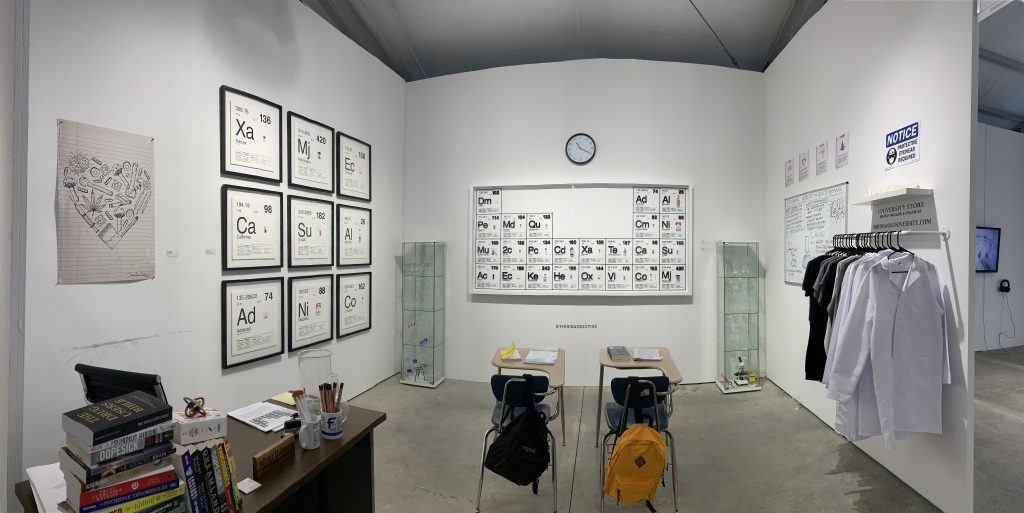
A principios de este año, comencé a explorar la creación de una línea de camisetas con una nueva marca «Addicted». Uno de los diseños de la camiseta era una sudadera de estilo universitario que era para la Universidad Albert Hofmann. Cuando se presentó la oportunidad de hacer esta exhibición en CONTEXT Art Miami y LA Art Show, me di cuenta de que este «salón de clases» estaría en la Universidad Albert Hofmann que había creado.
Tu obra es un comentario social que aborda temas tabú como nuestras adicciones culturales, sus componente y sus efectos secundarios. En esa nota, ¿cuáles considerarías que son tus vicios?
De la Tabla Periódica de Drogas, admitiría que mis vicios son el cannabis, el alcohol y el azúcar. De la Tabla Periódica de Adicciones serían sexo, dinero y las redes sociales.
¿Por qué crees que muchos necesitan aferrarse a ciertos objetos y/o sustancias o nos resulta tan fácil engancharnos y depender de ellos?
No tengo la respuesta más precisa sobre los comportamientos humanos, solo tomé un curso universitario de antropología. Pero recientemente vi algo en las redes sociales que decía: «Todo lo que me gusta es adictivo», lo que sonó muy acertado. Creo que ciertas cosas han sido creadas específicamente para que los humanos se enganchen fácilmente. Algunas de estas cosas son ingredientes en bebidas y alimentos que comemos.
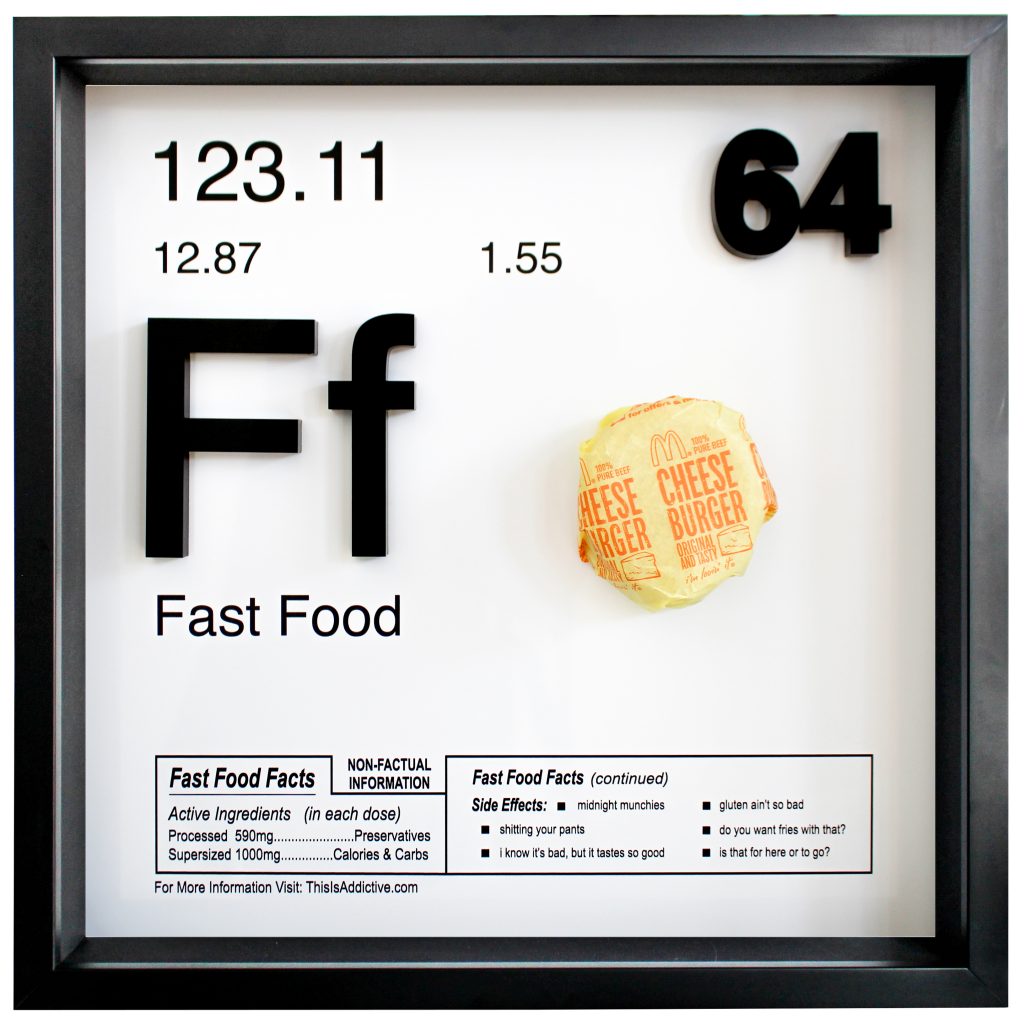
¿Es consecuencia de la era en que vivimos hoy, donde nuestra sociedad es más competitiva que nunca y se espera que sobresalgamos en todo lo que hacemos?
Creo que puede ser una consecuencia negativa para algunos y una bendición para otros. Personalmente, me considero una persona sumamente competitiva y trato de sobresalir en todo lo que hago. Entonces, de alguna manera estoy motivado por la competencia, la idea de prosperar y disfrutó como esto afecta a la sociedad.
En mi trabajo, siempre trato de sobresalir y encaminarme hacia la perfección. Sé que no es fácil de lograr, pero trato de acercarme lo más que pueda dentro de lo posible.
¿Consideras que nuestras adicciones a sustancias ilegales han cambiado a lo largo de la historia de la humanidad, o de alguna manera, siempre hemos dependido de ellas?
Durante cientos de años ha existido un historial de abuso de sustancias como el alcohol y el opio. Independientemente de que las sustancias sean legales o ilegales, los humanos han encontrado una forma de desarrollar adicciones y/o dependencias a éstas. Creo que los humanos tienen libre albedrío para tomar decisiones y algunas de estas opciones pueden incluir el consumo de sustancias como alcohol y drogas.
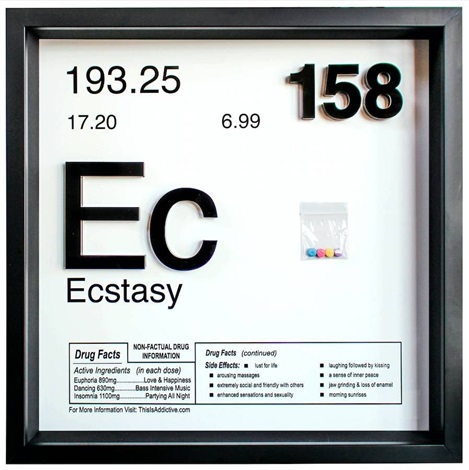
Es el libre albedrío de cada persona tener autocontrol y ser disciplinado en la forma en la que consumen estas sustancias de manera habitual. Cuanto más consumen, mayores son las posibilidades de convertirse en adictos.
¿Cómo es tu relación con las redes sociales y por qué crees que éstas se han convertido en una de las mayores adicciones de nuestro tiempo?
Yo, como muchos otros, tengo una relación de amor y odio con las redes sociales. Me encanta cómo me permite que mi voz como artista se escuche en todo el mundo. Al mismo tiempo, odio los hábitos negativos que he desarrollado por la necesidad de consumir el contenido de otros y relacionarme con otros a través de esta plataforma.
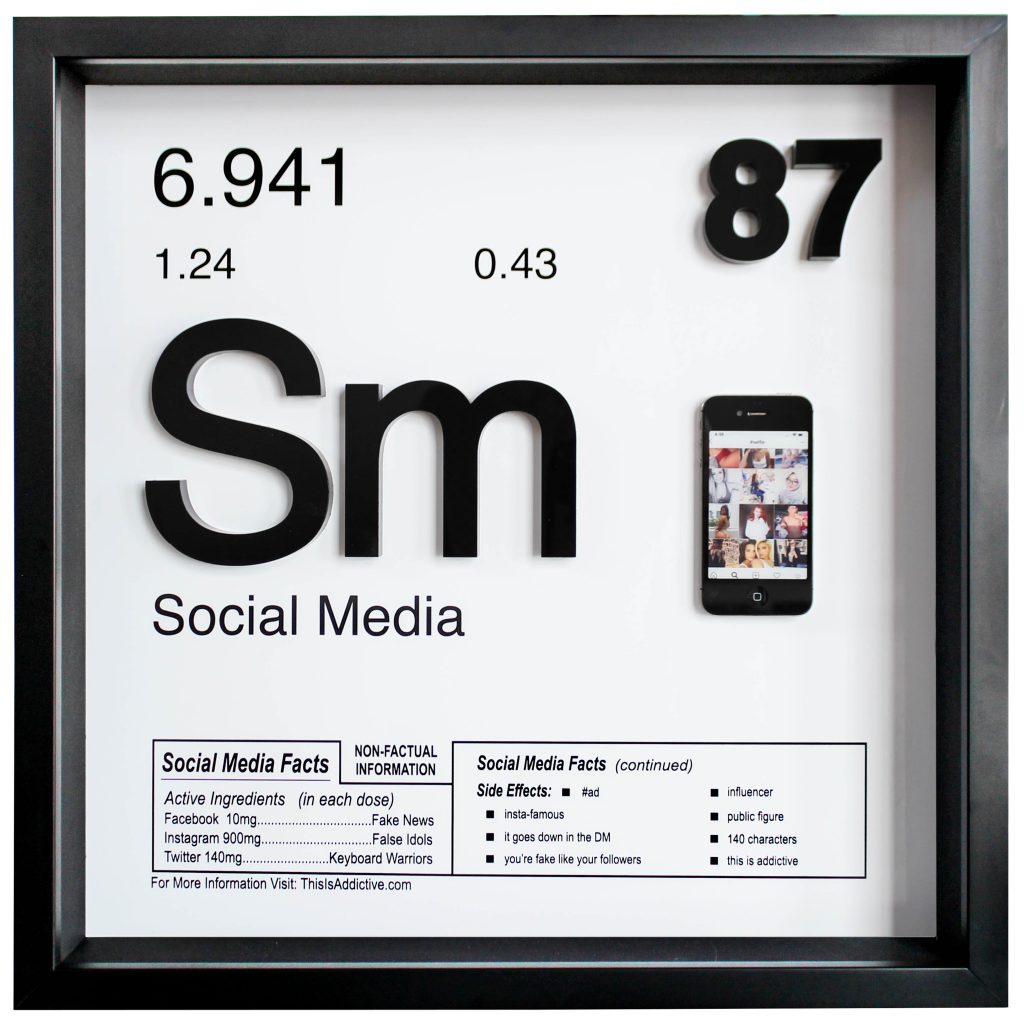
Parece que hoy en día todos vivimos en dos mundos paralelos de manera simultánea: uno en la realidad, un mundo tangible y otro de manera virtual a través de las redes sociales. La razón más importante por la cual las redes sociales son adictivas para los demás son los likes y la atención que recibes. Los humanos ahora más que nunca se han vuelto adictos a su necesidad de atención y auto-gratificación.
Como artista, ¿cuál es tú idea de éxito?
La verdad es que el éxito no es un destino específico, sino el viaje de crecer y evolucionar como artista … Pero en el camino, personalmente considero que hay diferentes momentos para el éxito que los artistas deberían celebrar. El primer nivel de éxito es cuando un artista vende sus primeras piezas de trabajo. El siguiente nivel de éxito sería mostrar su trabajo en una galería o ser representarlo por una galería establecida.
El tercer nivel de éxito sería que una de esas piezas sea vendida a un coleccionista de la galería. Inclusive hay niveles más altos, como mercados secundarios, subastas, exhibiciones de museos y colecciones permanentes de museos. Sin embargo, creo que es un gran nivel de éxito para un artista es poder dedicarse de tiempo completo a su práctica y hacer una carrera haciendo obras de arte.
¿Cuál ha sido tu mayor logro como artista?
Mis logros más recientes y más grandes llegaron el año pasado. En menos de cuatro años, de 2016 a 2019, mis ventas de arte superaron los $1 millón de dólares. El segundo logro llegó en diciembre cuando hice el Aula de Química de la Universidad de Hofmann, que fue mi primera exposición individual en una feria de arte.
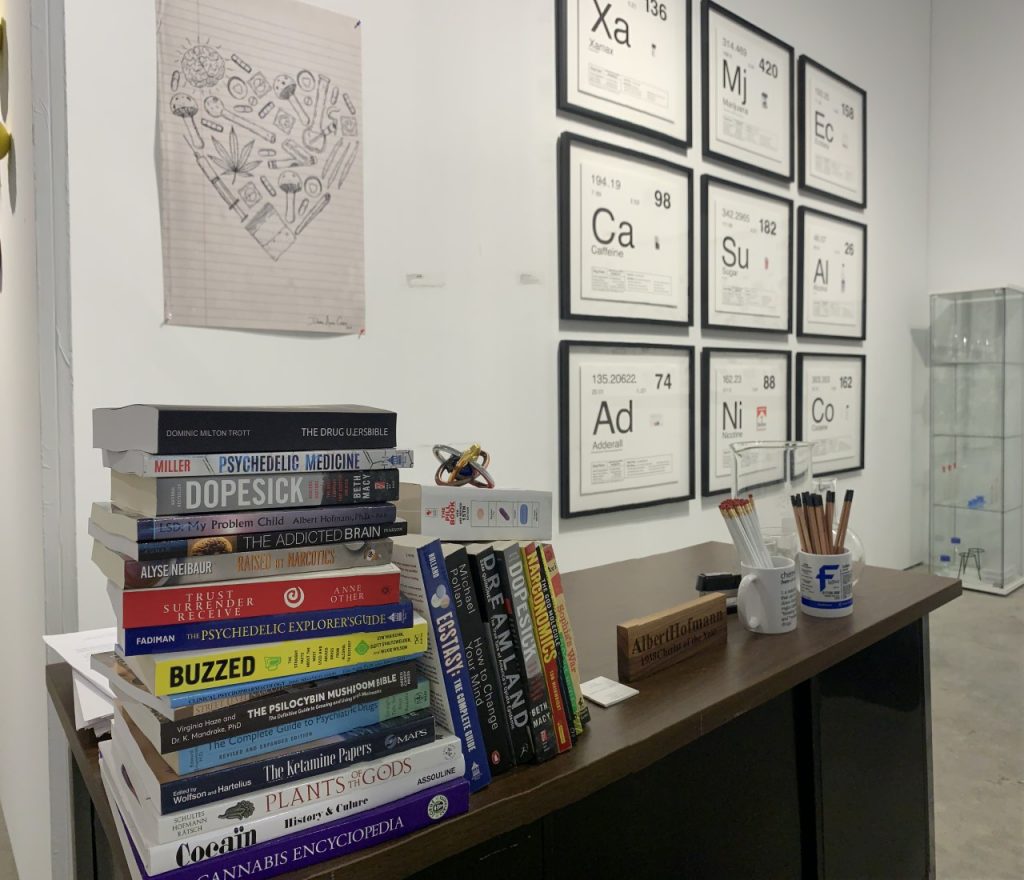
Tu trabajo ha atraído a muchas celebridades y coleccionistas de arte conocidos. ¿Cómo le haces para lidiar con la fama?
Yo personalmente no quiero ser famoso, ni le deseo la fama a nadie. Hay muchos lados oscuros de la fama que las personas no ven por estar en el centro de atención. Las personas famosas como las celebridades son seguidas constantemente por las cámaras y tienen menos acceso a la privacidad pública.
Dicho esto, admito que algunos de mis coleccionistas han alcanzado un alto nivel de éxito en su carrera. Sin embargo, mi objetivo como artista es continuar alcanzando niveles más altos de éxito como algunos de mis coleccionistas.

Como artista emergente, ¿qué consejo le darías a alguien que quiere triunfar en el mundo del arte?
Los dos consejos que daría serían dos construir relaciones y aumentar el número de seguidores en las redes sociales. Sin estas dos cosas, hasta el pintor más talentoso es solo un experto en su oficio. Los artistas de hoy necesitan convertirse en lo que yo llamaría un «alcalde» de su ciudad.
Por esto, los artistas deben salir y apoyar a la comunidad artística en su ciudad, esto requiere que vayan a exposiciones de arte para crear contactos y entablar amistad con otros artistas, establecer relaciones con galerías y curadores, etc. Apoyar a los otros miembros de la comunidad como lo haría un alcalde de una ciudad.
Por otro lado, crear una base de seguidores en las redes sociales hoy permite que el trabajo de un artista sea visto a nivel mundial. Publicar en estas plataformas también permite a los artistas dejar una huella digital para que su trabajo se vea durante cientos o miles de años en el futuro.
Si tuvieras que definir qué es el arte contemporáneo. ¿Cómo lo harías?

Creo que el arte contemporáneo que está prosperando hoy está hecho por artistas que han creado una narrativa o una historia a su alrededor. Para algunas personas, esto se denominaría «el por qué», ya que los espectadores y coleccionistas generalmente quieren entender cómo fue creado y por qué el trabajo es relevante.
¿Crees que el arte tiene la capacidad de cambiar el mundo? Si es así, ¿cómo?
Creo que el arte es un lenguaje universal que puede tener un gran impacto en nosotros, pero no creo que, literalmente, pueda cambiar el mundo.
¿En qué proyecto estás trabajando actualmente?
Aparte de This Is Addictive, tengo otra colección llamada Feeny’s Photo. Inspirado por el negocio de laboratorio fotográfico de mis abuelos, he estado creando algunas esculturas fotográficas más grandes que la vida. El medio, la impresión y el proceso de esculpir son técnicas patentadas en las que he estado trabajando. Las imágenes dentro de cada pieza son fotografías de seis fotógrafos con sede en Los Ángeles con los que he colaborado.
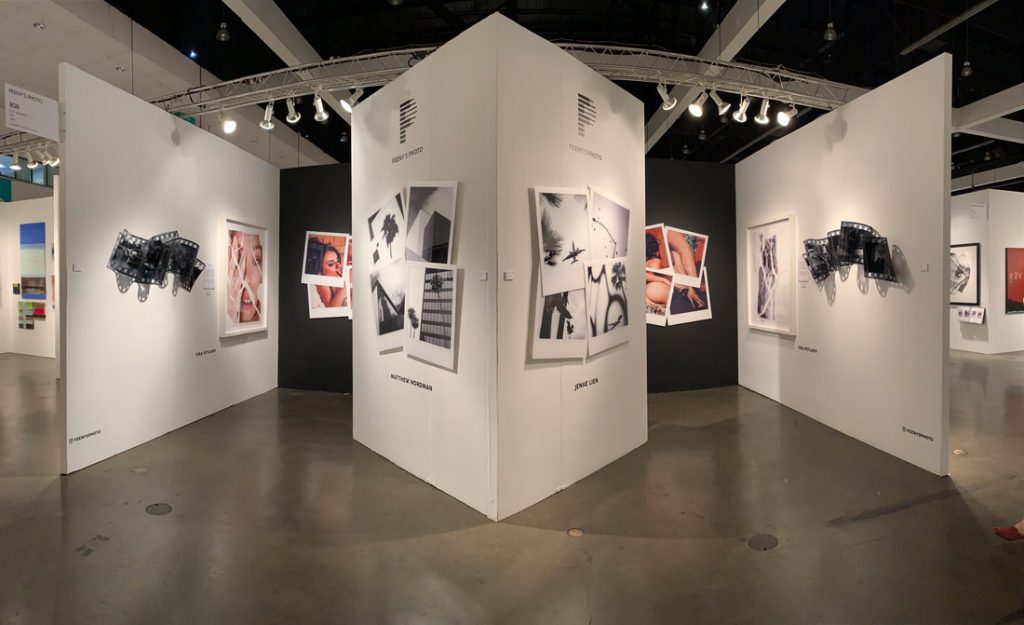
______________________________________________________________________________
This is Addictive: An ingenious and provocative portrait of consumerism
By Sheilla Cohen.
Daniel Allen Cohen (1980, LA) is an emerging artist whose work is characterized for being a provocatively bold criticism about the consumption habits of contemporary society.
The multimedia artist combines acrylic, digital art, painting, metal and graphic design to make a comical yet deep portrait of the desires, vices and dissatisfactions of our culture by taking as a reference the Periodic Table and nutritional labels that contain food products to reinterpret them and create ingenious narratives about their components and side effects of substances that we consume on a daily basis.
Despite being a severe global epidemic, the abuse and dependence on these illegal substances, instead he preferred to have a unique and lightheaded approach to our addictions and obsessions from an irreverent, sarcastic and politically incorrect sense of humor.
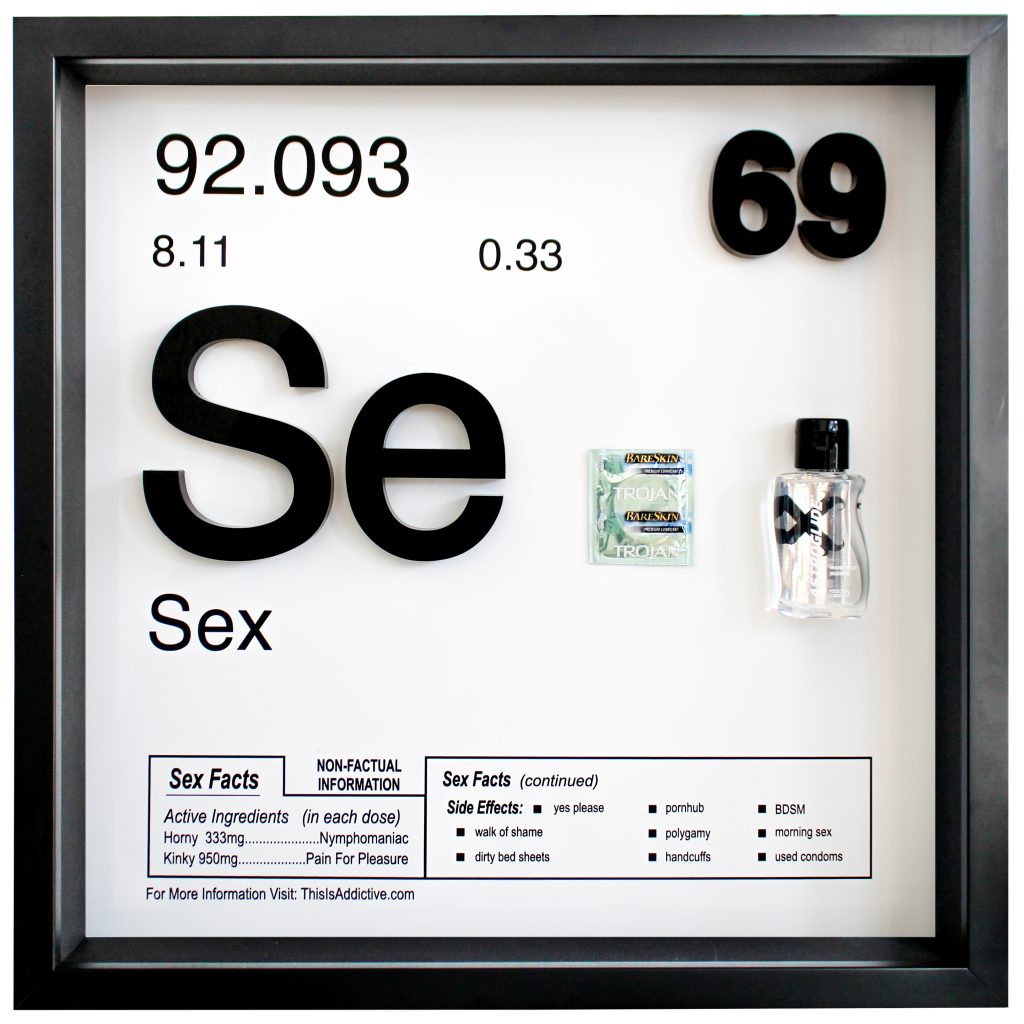
Define in one phrase what you do.
Creator
What made you decide to become an artist?
I’ve been a creative/artist most of my life. I decided to pursue a full time career as an artist when I realized I could make a living from it.
Where do you find inspiration?
Over the years there are many artists that I’ve been inspired by. I find inspiration in the narrative of some artist’s work, the process, or the techniques of how they make their work. One important philosophy I have about inspiration; is that it’s not where you get the inspiration from but where you take it.
By this, I mean it’s important for myself to take any inspiration it get, give it my own personal twist, and take it to another level. The work I create cannot be a derivative or re-creation of another artist’s work. The inspiration can only be about 20% of the work and the other 80% has to be how I’ve made it my own or better than what I was inspired by.

When did you find your own voice as an artist?
In 2013 I left my 9-5 job and pursued making art part-time. Over the next two years I explored what the story was for my This Is Addictive collection. This voice really started to develop itself in 2015 when I created a parody art piece on the Nutritional Fact label that’s on food products and changed it to Narcotic Facts.
The information on the label was changed from total fat, calories, and sugar to the tongue and cheek lines that references and reflects on the high for a specific substance such as cocaine.
These pieces were very well received on social media and started selling a large amount of them at $250 each. The pieces eventually made their way into small galleries, and more established galleries where the voice and concept grew.
How did you come up with the concept of This is Addictive?
Between 2010 and 2012 This Is Addictive was a blog where I posted humorous drug, wealth, and consumerism related content. It started as a small project and grew into something of its own.
The Periodic Table you made is witty portrait of western culture addictions, desires, and dissatisfactions to certain ideals, objects or substances and their side effects. Have you ever been addicted to one of them? If so, what has been your experience and which side effects have you suffered?
I personally do not have any issues with substance abuse or addiction. With that being said, I do consume cannabis on a regular basis, I drink alcohol socially, smoked cigarettes in the past, and taken some psychedelic drugs.

The This Is Addictive collection is not a self-reflection of any personal issues with drug addiction. My artwork is a form of social commentary on the more humorous side of our cultures addictions and desires.
What kind of research you made in order to create a fictional narrative of the facts and side effects of these substances?
I do a good amount of research online first to build a foundation of ideas on paper. After this, I meet with a great group of friends that share and bounce ideas. Other friends I do creative deep dives on these specific topics to explore and create the side effects.
Recently I turned to Instagram and requested suggestions and feedback from my followers to see what they would include. I guess you could say I hold mini focus groups to come up with them.
You say you are the antithesis of the artist whose works is self-reference, that you make art for others, for their own interpretation. In that sense, what is the message you aim to spread through your work?
The message that my work sends is open to interpretation. I don’t aim for the message to encourage or discourage the viewer’s options. My goal is for the work to be thought provocative and have the viewer question their personal and societal values.
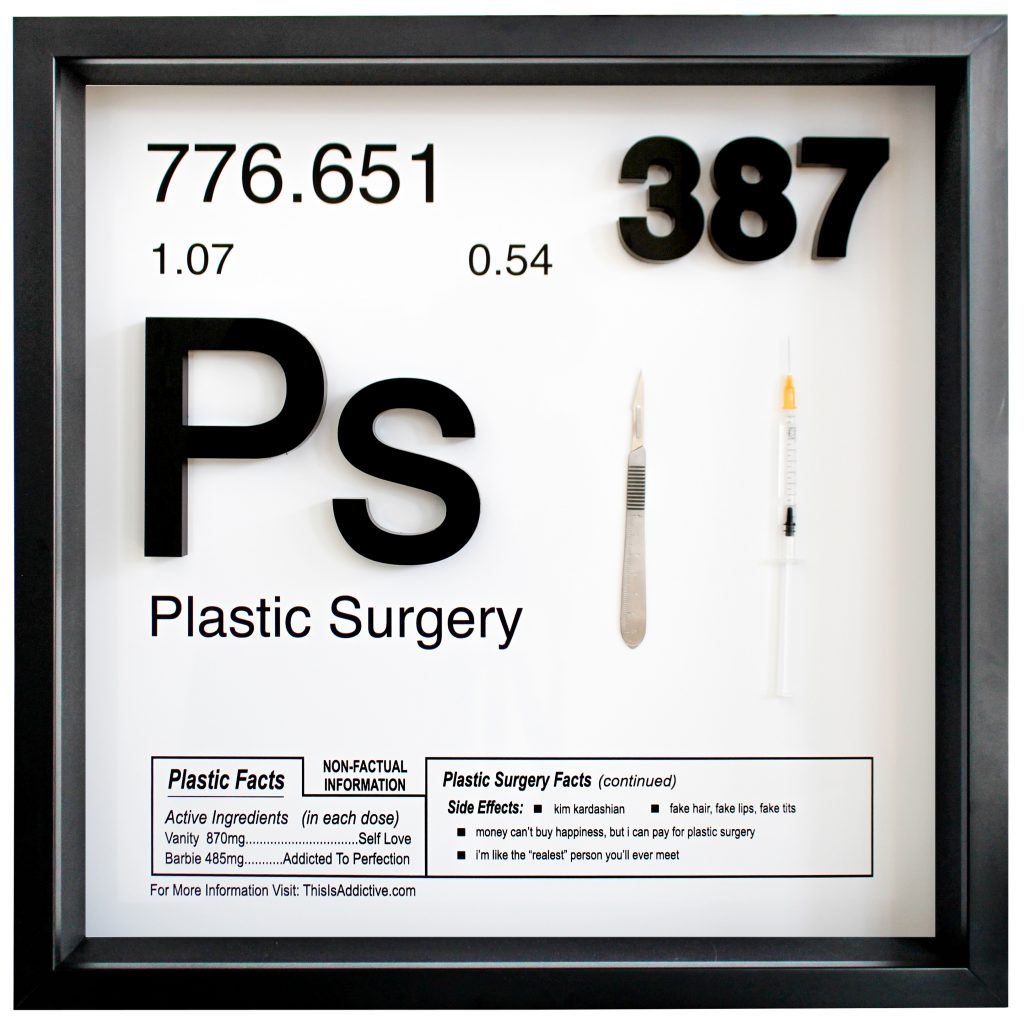
You work with a wide spectrum of mediums, which one makes you feel more comfortable and when do you know is time to change to a different medium?
Certain mediums don’t make me so comfortable. I used to work with epoxy resin, which can be toxic and requires a high amount of attention to detail to achieve perfection. I’ve also explored making sculptures cast in bronze or aluminum that are polished and plated. These sculptures are expensive to produce and come with a large learning curve.
When do you know an artwork is finished?
For almost all of my pieces I share them with others when they’re around 80% finished to receive criticism and feedback. The feedback I receive usually allows me to make the piece 20% better and get them to a 100%.
During the last edition of Art Basel Miami at one the most frequented art fairs CONTEXT you recreated the aesthetic of a chemistry classroom, invented the Hoffman University a fictitious college named after the Swiss scientist Albert Hoffman, who discovered and first ingested LSD to create a site–specific exhibition space to debut the new format of your Periodic Table of Addictions. How and when did you begin to be interested the components and side effects of these substances?
The concept of the Hofmann Chemistry Classroom came together in two different ways. In 2017 when the Periodic Table of Drugs was released at a fair called Scope during Art Basel Miami week. During the exhibit I envisioned one massive periodic table pieces shown in a chemistry classroom like setting.
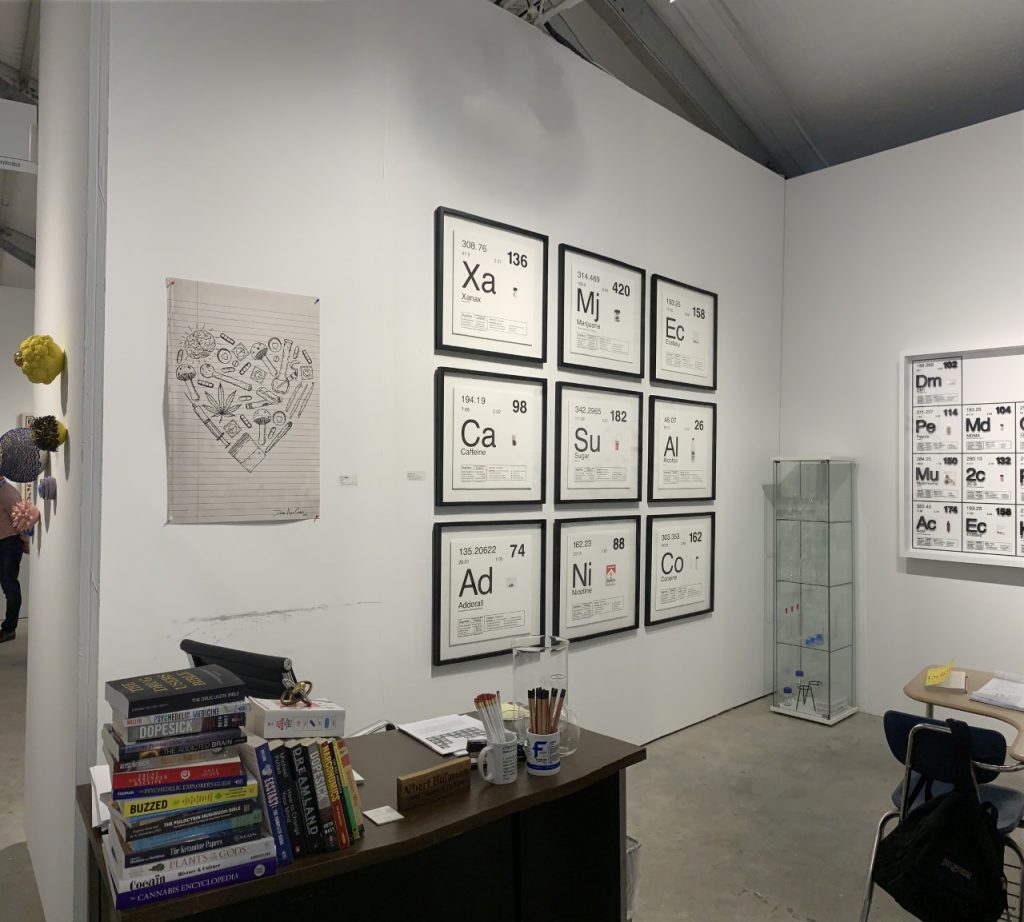
Earlier this year I started to explore creating a line of T-shirts under a new brand name “Addicted.” One of the shirt designs was a college style sweatshirt that was for the Albert Hofmann University. When the opportunity came to do this exhibit at CONTEXT Art Miami and LA Art Show I realized that this “classroom” would be at this Albert Hofmann University I had created.
Your body of work is a social commentary that addresses taboo subjects such as our culture vices, their facts and side effects. In that note, which would you considered are your personal vices?
From the Periodic Table of Drugs I would admit my vices are cannabis, alcohol, and sugar. From the Periodic Table of Addiction would be sex, money, and social media.
Why do you think we need to hold onto these things or why are they so easily for us to get hooked up?
I only took one college course in anthropology, so I don’t have the most accurate answer on human behaviors. But I recently saw something on social media that said, “Everything that I like is addictive” which really rang true. I do believe that certain things have been specifically created for humans to become easily hooked on. Some of these things are ingredients in drinks and food we eat.
Is it a consequence of the era we are living today, where our society is more competitive that ever before and we are expected to excel in everything we do?
I think it can be a negative consequence for some and a blessing for others. I personally am very competitive and try to excel in everything I do. So for me, I’m motivated by the competition, thrive and enjoy how it affects society. In my craft, I always try to excel and aim for perfection. I know it’s not easy to achieve, but I try to get as close as I can within reason.
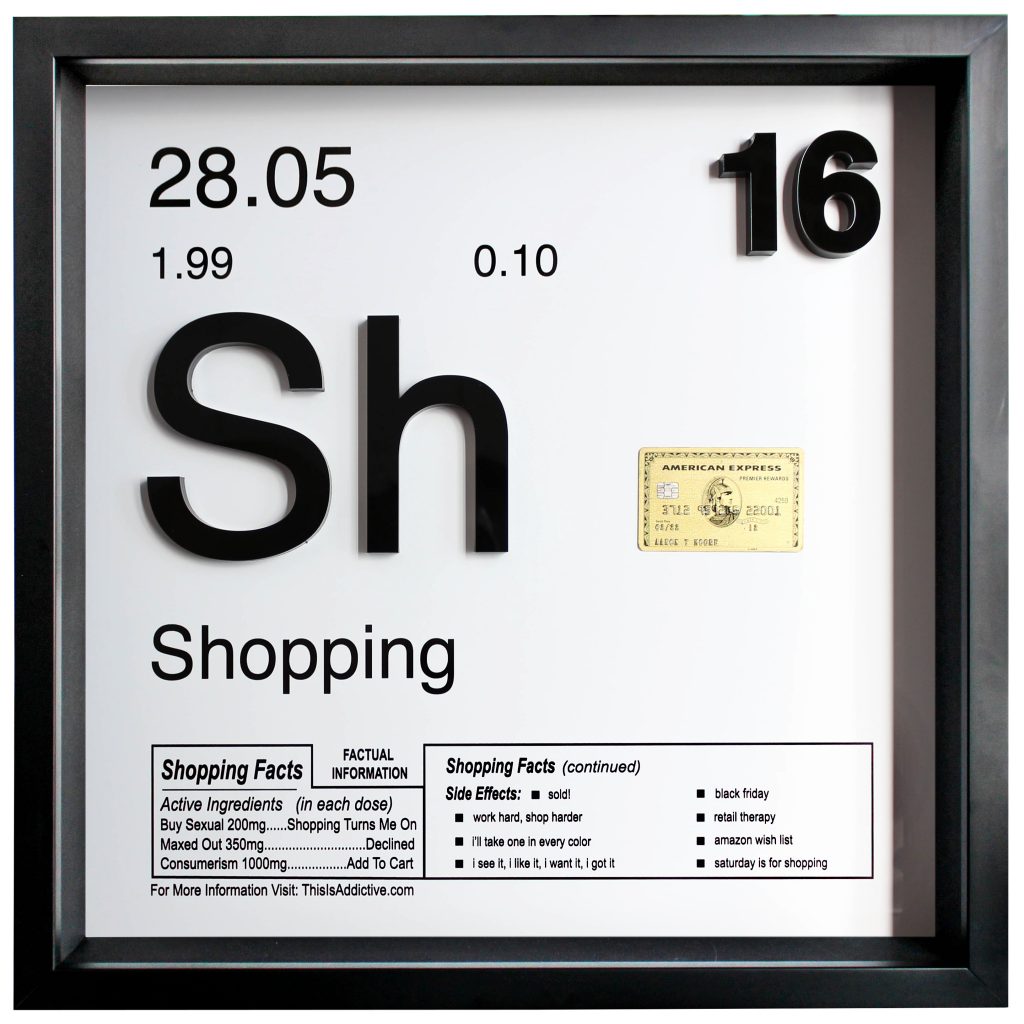
Do you feel our addictions to illegal substances have changed throughout the history of humankind or in a certain way have always been dependent on them?
For hundreds of years there’s history of substance abuse such as alcohol and opium. Whether the substances are legal or illegal humans have found a way to develop dependencies or addictions. I do believe that humans have free will to make choices and some of these choices can include consuming substances such as drugs and alcohol.
It’s the free will of each person to have self-control and be disciplined in how habitual they are about consuming these substances. The more they consume the higher chances they have of becoming an addict.
How is your relationship with social media and why do you think these platforms have become one of the biggest addictions of our time?
I, like many others, have a love/hate relationship with social media. I love how it’s allowed my voice as an artist is heard around the world. At the same time I hate the negative habits that I’ve developed for the need to consume others content and engage with others through this platform.
It seems that everyone today live in two separate worlds: one that is our reality and another one online through social media in a virtual world. The biggest reason why social media is addictive to others is the likes and the attention you get from them. Humans now more than ever have become addicted to their need for attention and self-gratification.
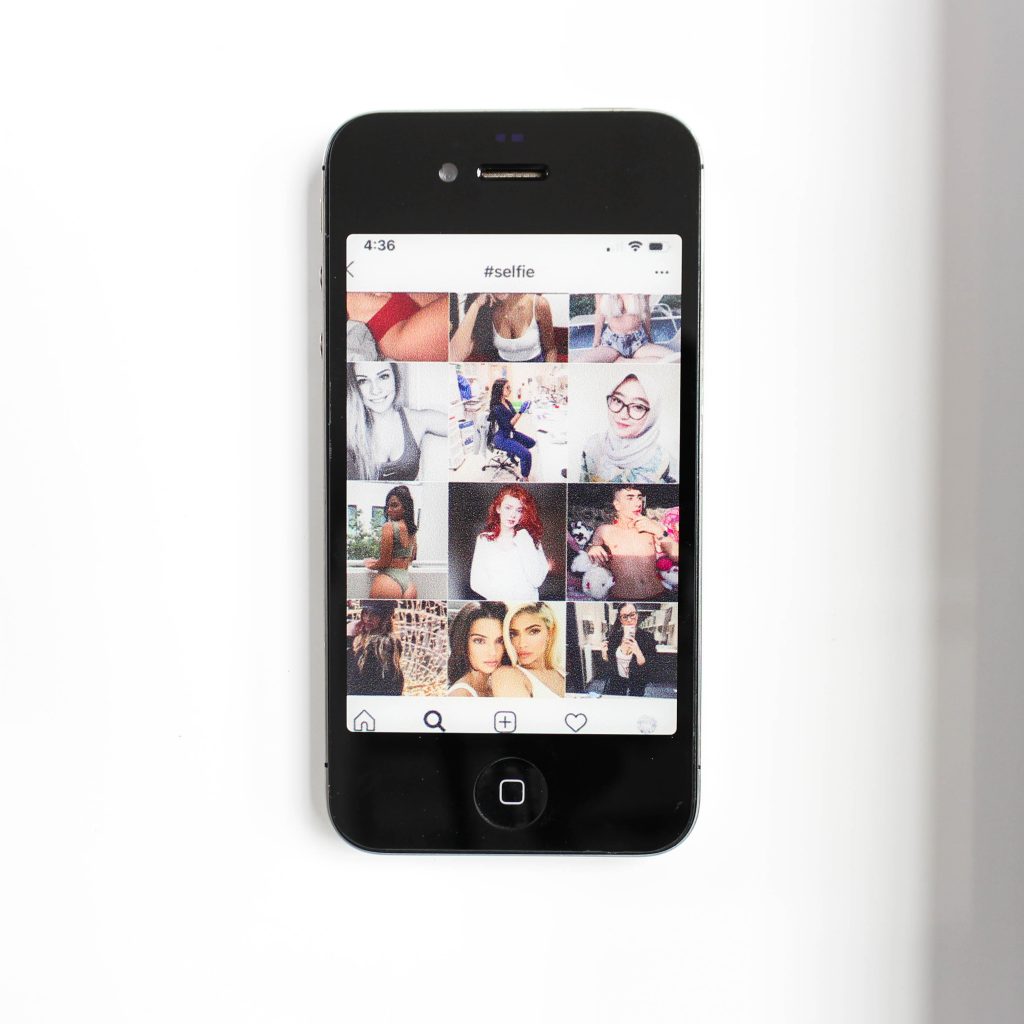
As an artist what is your idea of success?
The truth is success is the journey of growing and evolving as an artist… not a specific destination. But along the way, I personally see that there are different moments to success that artists should celebrate. The first level of success is when an artist sells their first few pieces of work. The next level of success would be having their work shown in a gallery or represented by an established gallery.
The next level of success would be one of those pieces being sold to a collector of the gallery. There are even higher levels such as secondary markets, auctions, museum exhibits, and museum permanent collections. However, I think it’s a huge level of success for an artist to dedicate full time to his practice and make a career from making art.
In that sense, what has been your biggest accomplishment as an artist?
My most recent and biggest accomplishments yet came last year. In less than four years from 2016 to 2019 my art sales exceeded $1 million dollars. The second achievement came in December when I did the Hofmann University Chemistry Classroom, which was my first solo exhibition.
Your work has attracted many celebrities and well known art collectors. How do you deal with fame?
I personally do not want to be famous, nor do I wish fame on anyone. There are many dark sides to fame that people do not see from being in the limelight. Famous people such as celebrities are constantly followed by cameras and have less access to public privacy. With that being said, I admit that some of my collectors have achieved a high level of success in their career. However, my goal as an artist is to continue to reach higher levels of success like some of my collectors.
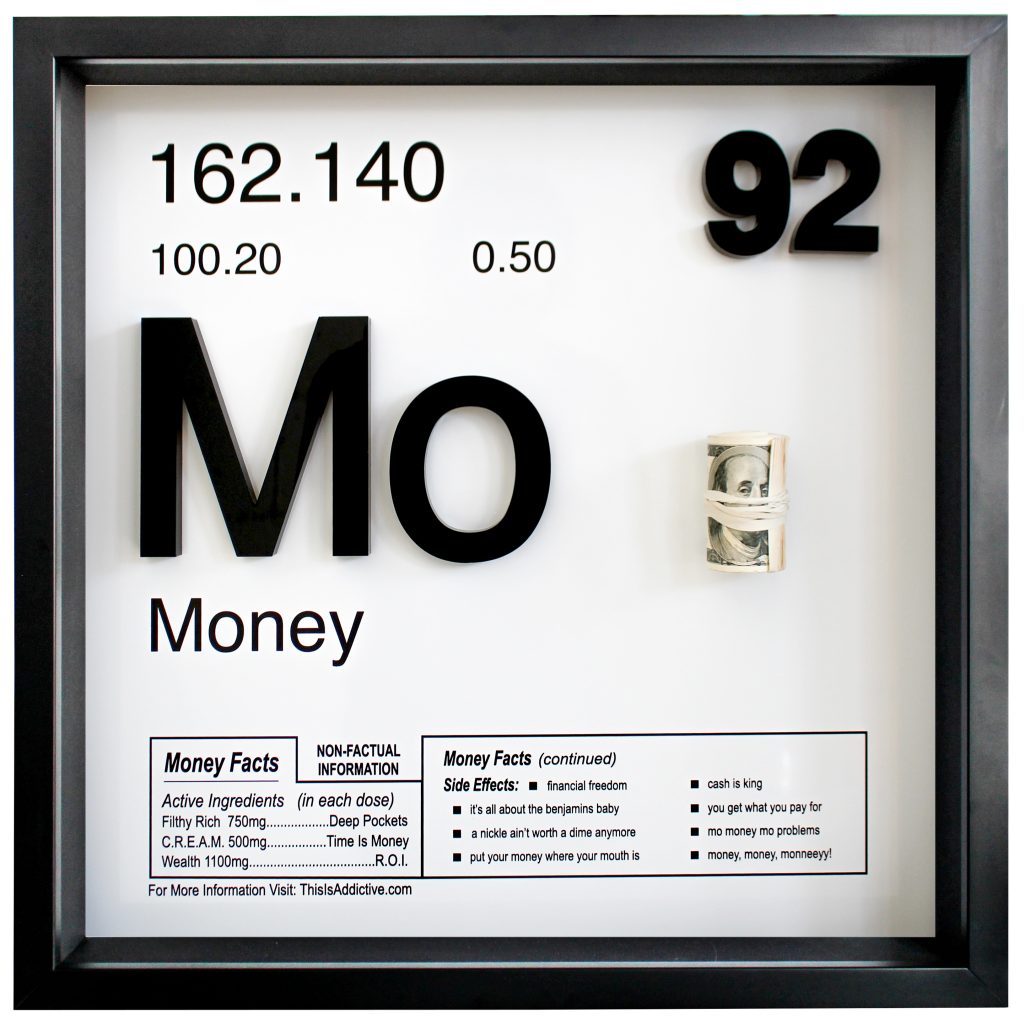
As an emerging artist what advice would you give to someone who wants to make it in the art world?
The two pieces of advice I would give would be two build relationships and grow a following on social media. Without these two things even the most talented painter it´s just an expert of his craft. Artists today need to become what I would call a “mayor” of their town. That is why, artists need to go out and support the art community in their town.
This requires them to go to art shows to network and befriend with other artists, build relationships with galleries and curators, and support the other members in there community like a mayor of a town would. Building a following base today in social media allows an artist’s work to be seen globally. Posting on social media also enables artists to leave a digital footprint for there work to be seen for hundred to thousands of years into the future.
How would you define contemporary art?
I think the contemporary art that is thriving today, is made by artists that have created a narrative or story around it. For some people, this would be referred to as “the why” as viewers and collectors usually want to understand why the artwork is relevant or how it was created.

Do you believe art has the ability to change the world? If so, how?
I believe that art is a universal language that can make a big impact on us… but I don’t believe it can literally change the world.
What project are you currently working on?
Aside from This Is Addictive I have another collection called Feeny’s Photo. Inspired by my grandparents photo lab business I’ve been creating some larger than life photography sculptures. The medium, printing, and sculpting process are all proprietary techniques that I’ve been working on. The images within each piece are photographs from six Los Angeles based photographers who’ve I’ve collaborated with.
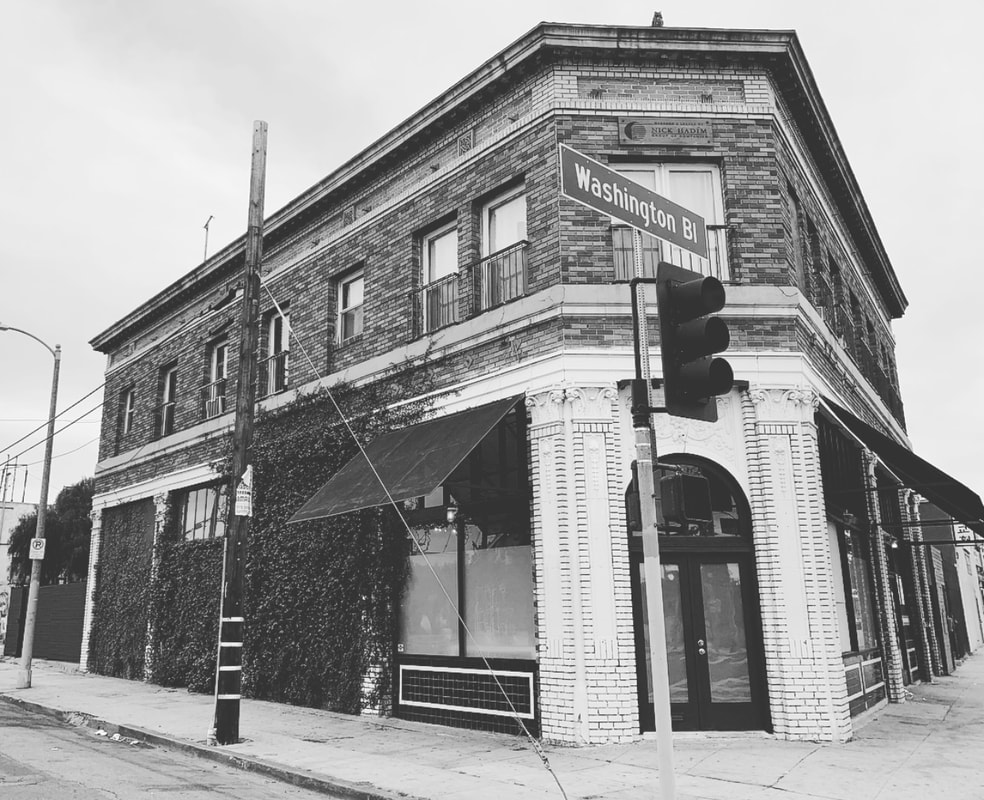
@thisisaddictive
www.danielallencohen.com
